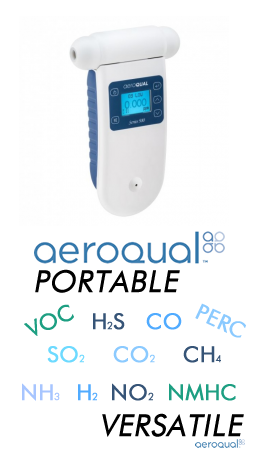Carbon Dioxide Information

Carbon Dioxide:
|
Other Names |
Carbonic anhydride, dry ice |
|
Chemical Formula |
CO2 |
|
CAS Number |
124-38-9 |
|
Industry Uses |
Agricultural Chemicals, Food processing and packaging, Fuel and oil related products |
|
Health Risks |
Cold contact burns; Increased respiration rate; headache; unconsciousness, death |
|
Vapor Pressure |
56.5 atm |
|
Water Solubility |
Miscible |
|
Flammability |
Not Flammable |
|
Odor |
None |
Carbon Dioxide MSDS
What is Carbon Dioxide?
Carbon Dioxide is a colorless, odorless gas that is formed by the body and is essential for the respiration cycle of plants and animals. It is mostly nontoxic unless concentrations become elevated. Compressed containers of carbon dioxide can explode when heated, but the gas is noncombustible. It is used to freeze food, carbonate beverages, extinguish fires, and has various uses in agricultural and medical applications. Carbon dioxide is often released into the atmosphere as a result of fossil fuel use and deforestation. Carbon Dioxide makes up about 81% of U.S. Greenhouse Gas emissions. Excess carbon dioxide causes ocean acidification as well, making it one of the primary factors to climate change.
Carbon Dioxide Exposure and Health Risks:
Carbon Dioxide is naturally occurring and makes up about half a percent of our atmosphere. Carbon Dioxide is naturally formed by the body and expelled as waste from the cellular respiration cycle. The inability to expel carbon dioxide results in a build-up of concentration in the body, leading to headaches, increased respiration, and in extreme cases unconsciousness or death. Solid and liquid carbon dioxide can also cause cold contact burns and frostbite.
Regulations:
The table below summarizes the most-recent exposure limits.
|
Limit/Level |
Type |
Organization |
|
5,000 ppm |
TWA (8 hrs) |
NIOSH |
|
10,000 ppm |
TWA (8 hrs) |
OSHA |
|
30,000 ppm |
Short Term Exposure Limit |
OSHA |
Measuring Carbon Dioxide:
Carbon Dioxide can be measured in the air or in water (dissolved) by units of parts per million (ppm). Measuring dissolved carbon dioxide levels can help prevent acidification which destroys aquatic ecosystems. We carry portable, fixed, and dissolved carbon dioxide monitors and kits, and all of our carbon dioxide products can be viewed HERE.
What type of Carbon Dioxide component are you looking for?
| Fixed Mount | Handheld | Dissolved Kits: | Replacement Sensors: | Calibration Gas: | Rentals: |
 |
 |
 |
 |
 |
 |
All sensors require a yearly calibration to ensure your gas measurements are accurate and performing within manufacturer standards. This page is desiccated to the individual manufacturers we represent and their specific calibration procedures.
**Calibration Service Request Form **
|
Calibration costs do vary, see below to get an estimate: Calibration Fee: $150 Analyzer Calibration Fee: $300 PM Calibration Sensor Fee: $330 Genie Calibration Fee: $265 ATI Calibration Fee: $205 ** note that prices are subject to change per labor and parts required. |
Contact us for help choosing the right monitor for your application















